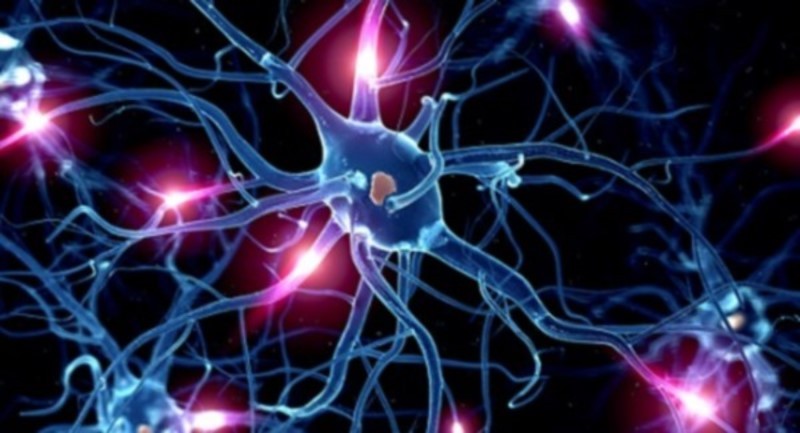When you Look At This, then you will understand that the augmentation in the number of risk situations and accidents has caused an increase in the number of spinal cord injuries. It is not very complicated to consult car injury lawyers for Chinese speakers if you are from china . Hence, you need get panic. These injuries cause plexias and paralysis of the different members of the affected person. This problem has made it necessary to start looking for possible therapies to enhance the lives of patients. One of these solutions is Functional Electrical Stimulation (FES). FES is a technique based on the use of electrical stimulation of the motor nerves in order to generate a functional movement such as walking or picking up an object. This technique involves a series of stimulation parameters that are necessary to control: the stimulation amplitude, the stimulation frequency, the pulse width that composes the stimulation pattern and the waveform of the signal. The objective of this End-of-Degree Project was the development of a platform that allows the electrical stimulation of the motor nerves and the control of the stimulation parameters.
The device designed in this project is constituted by a hardware part and a software part. The stimulator is composed of a series of modules: amplifier module, signal generation module and human-device interface. The signal generation module allows us to control the stimulation parameters through the designed software. Additionally, it is necessary to design an amplification module so that the signals generated have the voltage and current levels necessary for stimulation. The power supply module is responsible for the power supply of the amplifier module and the signal generation module. The interface between the device and the user is based on surface electrodes connected to the output of the amplifier module. The different modules and their components are implemented on a printed circuit board (PCB) that will support and join the modules.
The future of functional electrical stimulation is the creation of closed systems to control the stimulation parameters according to the position of the muscles. Two possible routes can be taken: the use of sensors such as accelerometers and the creation of brain-personal interfaces.

